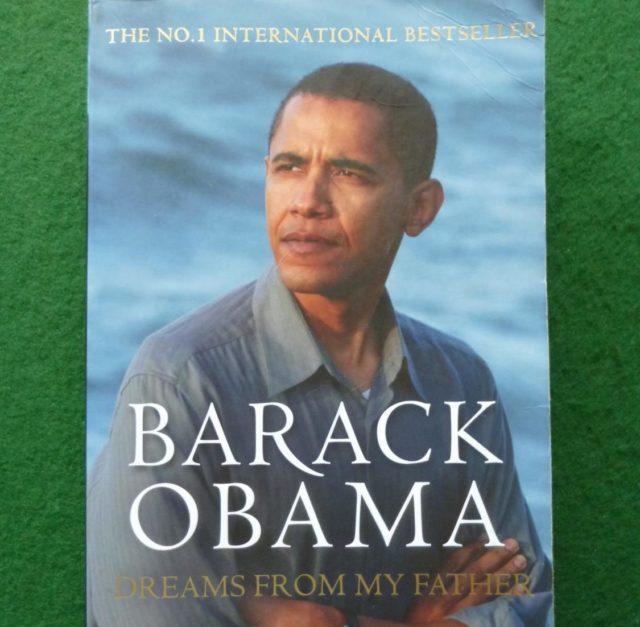While fiction books get most of the love and attention in the literary world, there are many spectacular non-fiction books that deserve as much attention. These books not only resonate with book readers all over the world but they are also captivating because of the lessons they offer and the insight they provide into the author’s life. In doubt? Well, here are 52 spectacular non-fiction books to change your mind.
52 Spectacular Non-Fiction Books You Need To Read
1. The Sixth Extinction: An Unnatural History (2014) – Elizabeth Kolbert
The 2015 Pulitzer Prize winner for General Non-Fiction books, Elizabeth Kolbert, gives an engrossing account of why the earth is heading towards catastrophe as a result of the man-made Sixth Extinction.
2. The Year of Magical Thinking (2005) – Joan Didion
The author, who received a Pulitzer Prize nomination in the category for Biography or Autobiography, takes readers on a journey of her experience following the death of her husband and her attempts to make sense of her grief while also caring for her ailing adopted daughter.
3. Dreams from My Father (1995) – Barack Obama
This remarkably candid memoir explores Obama’s journey in life, from his early years in Honolulu to his time in Chicago before enrolling for law school.
4. Never Cry Wolf (1963) – Farley Mowat
Never Cry Wolf is an account of the author’s experience in observing arctic wolves in subarctic Canada following the decline in the population of the caribou.
5. No Logo (1999) – Naomi Klein
Naomi Klein explores the dark side of capitalism in this book by examining the change from products to branding and the results it has had on the population.
6. The Selfish Gene (1976) – Richard Dawkins
The Selfish Gene is Professor Dawkins’ take on the theory of natural selection which argues that nature, at its fundamental level, is about the competition between genes.
7. The Right Stuff (1979) – Tom Wolfe
The Right Stuff is one of Tom Wolfe’s non-fiction books that explored why astronauts accepted the danger of traveling to space.
8. I Know Why The Caged Bird Sings (1969) – Maya Angelou
I Know Why The Caged Bird Sings is the most highly acclaimed book by Angelou. It illustrates how the strength of character and a love of literature helped her overcome racism and trauma.
9. Orientalism (1978) – Edward Said
Orientalism examines the way in which the West observes Arabs and others who inhabit places like Asia, and North Africa.
10. A Brief History of Time (1988) – Stephen Hawking

British physicist Stephen Hawking gives his account of the origins, structure, development and eventual fate of the universe in his very popular bestselling book.
11. North (1975) – Seamus Heaney
Seamus Heaney, the recipient of the 1995 Nobel Prize in Literature, puts together a collection of poems that directly deals with the Troubles in Northern Ireland.
12. Awakenings (1973) – Oliver Sacks
British neurologist Oliver Sacks recounts his efforts and the life histories of those he helped treat of encephalitis lethargica (sleeping sickness).
13. The Female Eunuch (1970) – Germaine Greer
Australian writer Germaine Greer in her book challenges the traditional, societal roles of women which she says renders them as eunuchs.
14. Awopbopaloobop Alopbamboom (1969) – Nik Cohn
Nik Cohn gives a passionate account of how rock’n’roll changed the world, from the rise of Bill Haley to the death of Jimi Hendrix.
15. De Profundis (1905) – Oscar Wilde
While in prison, Oscar Wilde recounts in his letter the relationships and extravagant lifestyle that led to his conviction and imprisonment for gross indecency.
16. Against Interpretation (1966) – Susan Sontag
Against Interpretation is a collection of essays by Susan Sontag that provides the quintessential commentary on the 1960s.
17. Ariel (1965) – Sylvia Plath
A collection of poems by Sylvia Plath that revolve around her fascination with her own death.
18. The Feminine Mystique (1963) – Betty Friedan
One of the bestselling non-fiction books in the 1960s, The Feminine Mystiques explores the frustration of a generation of middle-class American housewives.
19. The Making of the English Working Class (1963) – EP Thompson
Described as an anatomy of pre-industrial Britain, The Making of the English Working Class is a seminal text on the history of the working class.
20. In Cold Blood (1966) – Truman Capote
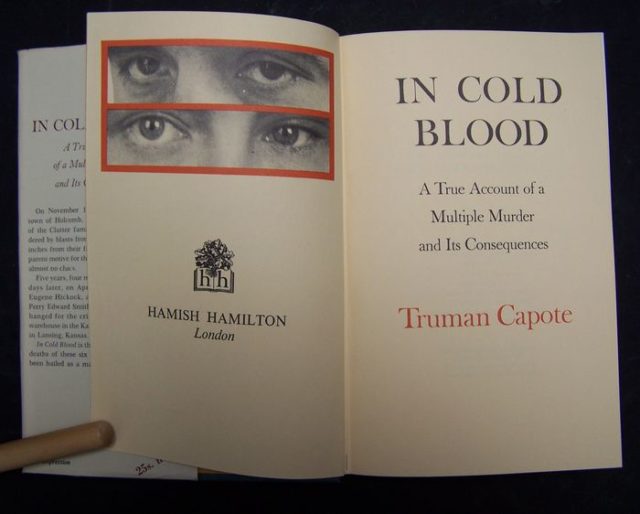
In Cold Blood is one of several non-fiction books by Truman Capote that details the 1959 brutal killing of four members of the Herbert Clutter family in the small town of Holcomb, Kansas.
21. A Room of One’s Own (1929) – Virginia Woolf
An essay on women’s struggle for independence, specifically for women writers within a literary tradition dominated by men.
22. H is For Hawk (2014) – Helen Mcdonald
H is for Hawk details the author’s experience in adopting and raising one of nature’s most vicious predators, the northern goshawk, following the death of her father.
23. Silent Spring (1962) – Rachel Carson
Carson documents the adverse environmental effects caused by the indiscriminate use of pesticides. The book went on to launch the modern environmental movement in the US, inspiring the legislation that controls pollution among other things.
24. Black Boy: A Record of Childhood and Youth (1945) – Richard Wright
A memoir by a rebellious southern boy that details the struggle of African Americans in the decades before civil rights.
25. The Uses of Literacy: Aspects of Working-Class Life (1957) – Richard Hoggart
A cultural study of postwar Britain that examines the influence of mass media and offers pertinent truths on mass communication and the interaction between ordinary people and the elites.
26. The Affluent Society (1958) – John Kenneth Galbraith
Harvard economist John Kenneth Galbraith outlines and promotes investment in both the public and private sectors to avoid income disparities.
27. The Nude: A Study of Ideal Art (1956) – Kenneth Clark
Clark’s survey of the nude from the Greeks to Picasso offers a critical appraisal of the role of nude figures in the portrayal of beauty, energy, pathos, and ecstasy in classic Renaissance art.
28. Bury My Heart at Wounded Knee (1970) – Dee Brown
Bury My Heart at Wounded Knee is one of many non-fiction books by Dee Brown. It details the history of American expansionism through the eyes of Native Americans.
29. The Structure of Scientific Revolutions (1962) – Thomas S Kuhn
A book by American physicist and philosopher of science Thomas S. Kuhn about the history of science. It challenged the then prevailing view of progress in normal science, making it a milestone in scientific theory.
30. Out of Africa (1937) – Isak Dinesen
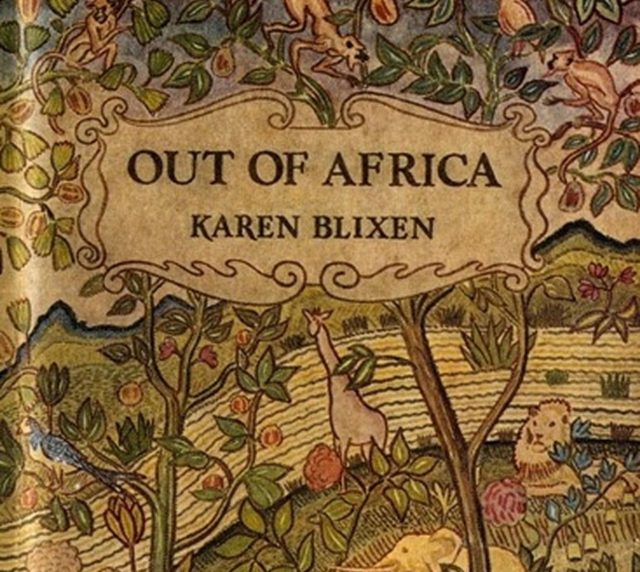
Danish author Karen Blixen, under her pen name Isak Dinesen, recounts the events of her almost two-decade-long stay in British East Africa, modern day Kenya.
31. The Road to Wigan Pier (1937) – George Orwell
Orwell gives an honest account of three northern towns during the Great Depression.
32. The Last Days of Hitler (1947) – Hugh Trevor-Roper
Trevor-Roper, who was appointed by British Intelligence to investigate conflicting evidence surrounding Hitler’s final days, gives a vivid, and terrifying account of the Fuhrer’s demise.
33. The Common Sense Book of Baby and Child Care (1946) – Dr. Benjamin Spock
One of the bestselling non-fiction books of the twentieth century on child care by an American pediatrician that urged parents to trust themselves.
34. Hiroshima (1946) – John Hersey
Pulitzer Prize-winning author John Hersey tells extraordinary, gripping personal stories of six people who survived the atomic bomb dropped on Hiroshima.
35. The Open Society and Its Enemies (1945) – Karl Popper
Philosopher Karl Popper puts forward a rallying cry for the embracement of western liberal democracy.
36. Notes of a Native Son (1955) – James Baldwin
James Baldwin explores through a collection of ten essays what it means to be a black man in modern America.
37. How to Cook a Wolf (1942) – MFK Fisher
American culinary icon uses food as a cultural metaphor, writing to inspire courage in those daunted by wartimes shortages.
38. Enemies of Promise (1938) – Cyril Connolly
A dissection of the art of writing and the perils of literary life, as experienced by Connolly.
39. A Grief Observed (1961) – CS Lewis
A collection of C. S. Lewis’ reflections exploring the feeling of solitude and a sense of betrayal on the experience of bereavement following the death of his wife.
40. The Road to Oxiana (1937) – Robert Byron
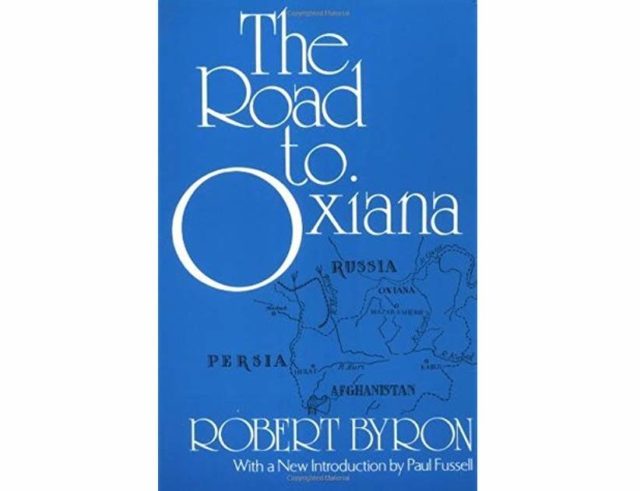
Described as the greatest travel book of the 20th century, The Road to Oxiana gives an account of a journey to Afghanistan.
41. The Double Helix (1968) – James D Watson
An astonishingly personal account of how Cambridge scientists unlocked the secrets of DNA, thereby transforming our understanding of life.
42. Testament of Youth (1933) – Vera Brittain
A memoir by Vera Brittain that details her experience of the first world war as a nurse and the impact it had on the lives of women and the middle-class civilian population of Great Britain.
43. My Early Life: A Roving Commission (1930) – Winston Churchill
Sir Churchill gives a candid account of his life from childhood up to 1902.
44. Goodbye to All That (1929) – Robert Graves
An autobiography by Robert Graves that gives an account of his experiences in the trenches of the first world war.
45. Birthday Letters (1998) – Ted Hughes
Birthday Letters is a unique collection of poetry written over a period of at least 25 years by writer Ted Hughes to his wife Sylvia Plath.
46. We Wish to Inform You That Tomorrow We Will Be Killed with Our Families (1998) – Philip Gourevitch
This is one of the many non-fiction books that give an account of the 1994 Rwandan genocide, where an estimated 1,000,000 Tutsis and Hutus were killed.
47. Ten Days That Shook the World (1919) – John Reed
A book on the first-hand experiences of the October Revolution in Russia in 1917.
48. The Economic Consequences of the Peace (1919) – John Maynard Keynes
British economist John Maynard Keynes’ account of what went wrong at the Versailles conference after the first world war.
49. The Souls of Black Folk (1903) – WEB Du Bois
A book containing several essays on race drawn from the experiences of the writer as an African American in American society.
50. Eminent Victorians (1918) – Lytton Strachey
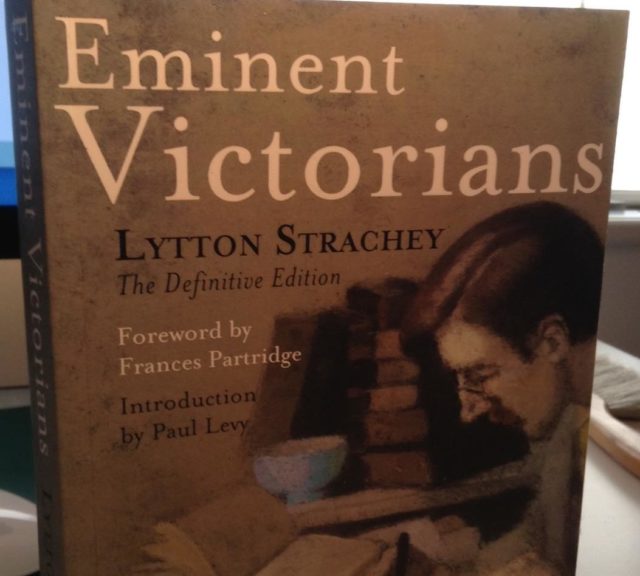
An illustration of life in the Victorian period through the demolitions of four great 19th-century Britons; Cardinal Manning, Florence Nightingale, Thomas Arnold, and General Gordon.
Read Also: 15 Best Book Subscription Boxes and Services Online
51. The American Language (1919) – HL Mencken
Renowned US journalist and commentator H. L. Mencken launches an inquiry into the development of English in the United States.
52. How to Win Friends and Influence People (1936) – Dale Carnegie
One of the best non-fiction books in the self-help category, How to Win Friends and Influence People is regarded as the original self-help manual on American life

